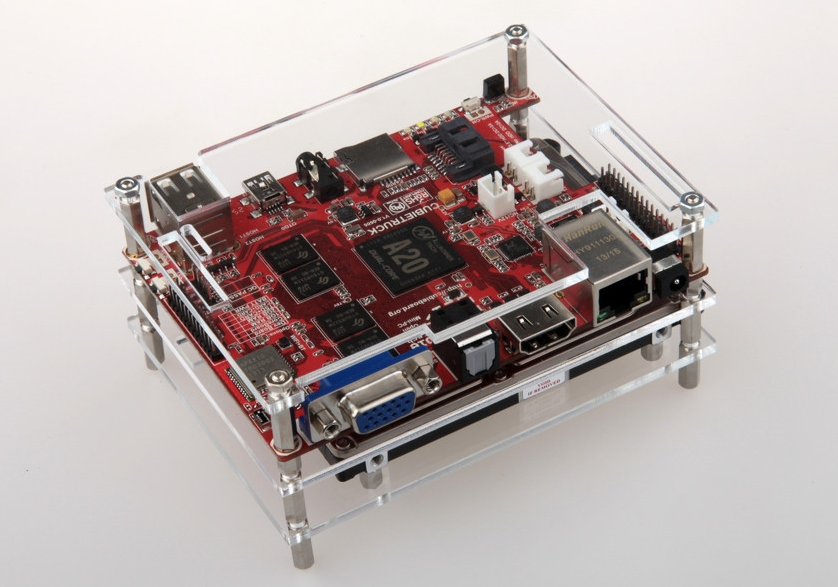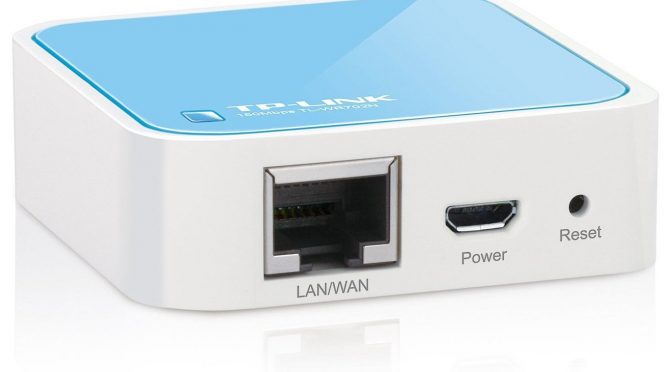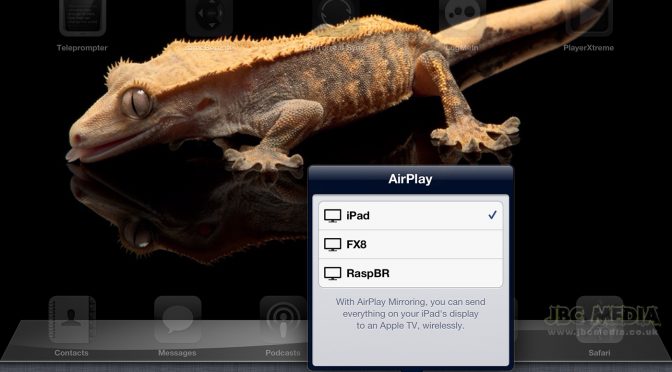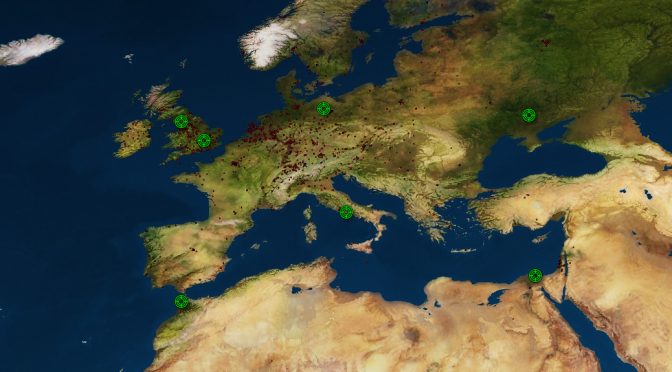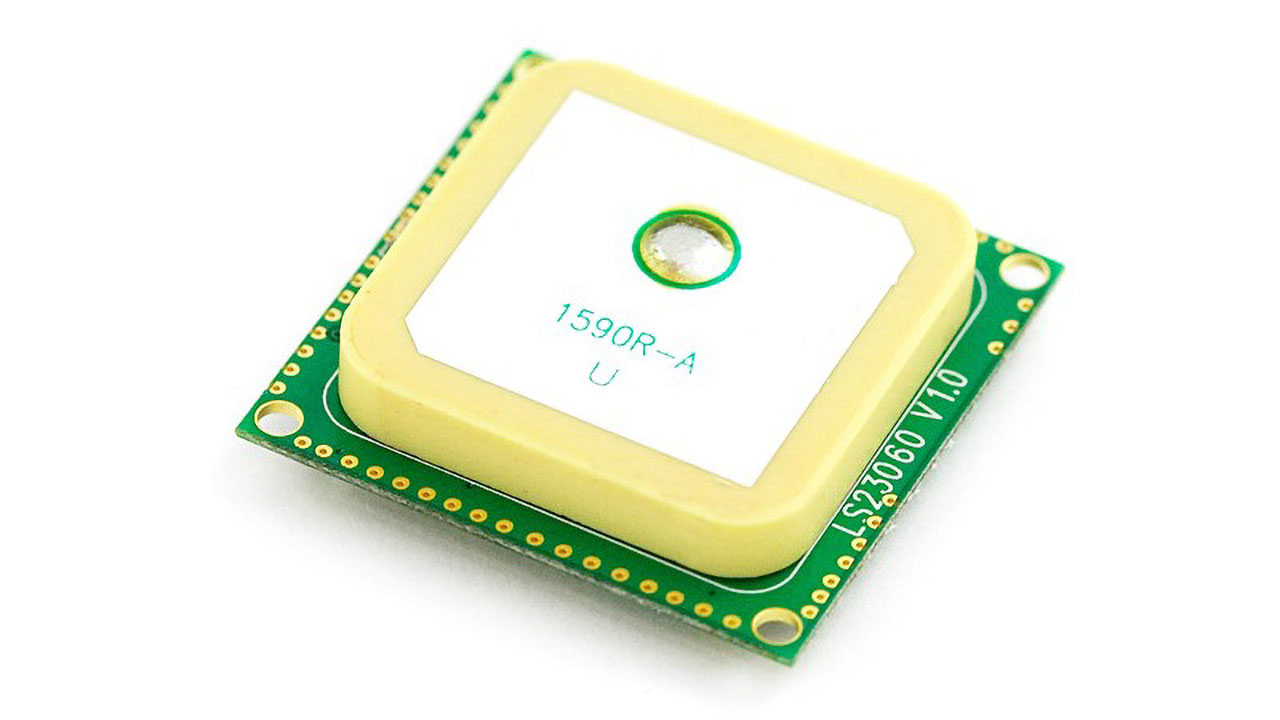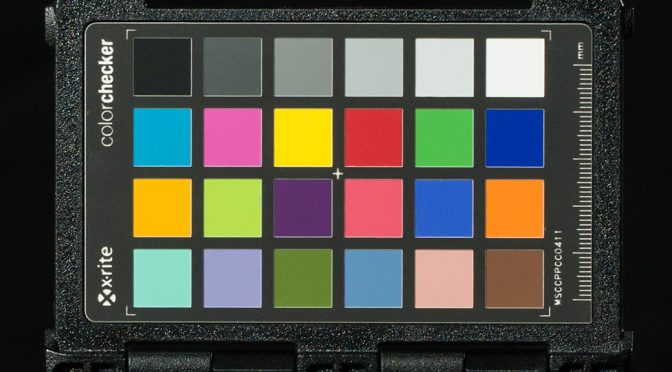I’ve been using DropBox for probably about 3 years now, and it’s rather good. Overall, I’ve been quite impressed. It’s reliable, fairly quick (bandwidth permitting), and fantastic for delivering work to clients and models.
Delivery of final work to clients and models I’ve shot with has been pretty much my sole reason for using DropBox, and it will probably remain that way, at least for the foreseeable future.
I don’t need masses and masses of space for that, but I’ve still never really been all that keen on the idea of keeping things online in “the cloud” (which is basically just a fancy new term for the same old servers we’ve always had) as a form of file backup.
After recently having had a pretty major crash on one of my machines (motherboard died, taking the processor, RAM and a 2TB hard drive along with it), I’ve rebuilt and started looking into other potential backup solutions.
Continue reading BitTorrent Sync – Making Your Own Cloud →

